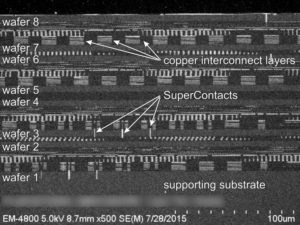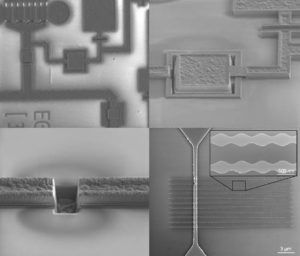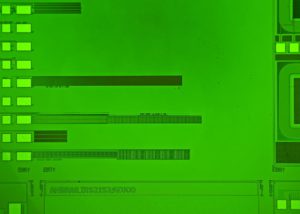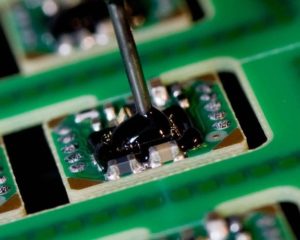Crack MCU ATmega640V Heximal
Crack MCU ATmega640V memory and disable the tamper resistance system, program from flash and data from eeprom can be dumped out from it in the format of Heximal or binary, duplicate the content into other blank Microcontroller to make the same cloning MCU;

Crack MCU ATmega640V memory and disable the tamper resistance system, program from flash and data from eeprom can be dumped out from it in the format of Heximal or binary
The internal RC oscillator option is an on-chip oscillator running at a fixed frequency of 1 MHz in ATtiny11 and 1.2 MHz in ATmega640V. If selected, the device can operate with no external components. The device is shipped with this option selected. On ATtiny11, the Watchdog Oscillator is used as a clock, while ATtiny12 uses a separate calibrated oscillator.
XTAL1 and XTAL2 are input and output, respectively, of an inverting amplifier which can be configured for use as an on-chip oscillator, as shown in Figure 3.
Either a quartz crystal or a ceramic resonator may be used. Maximum frequency for crystal and resonators is 4 MHz. Minimum voltage for running on a low-frequency crystal is 2.5V.
For timing insensitive applications, the external RC configuration shown in Figure 5 can be used. For details on how to choose R and C. The external RC oscillator is sensitive to noise from neighboring pins, and to avoid problems, PB5 (RESET) should be used as an output or reset pin, and PB4 should be used as an output pin.
The fast-access register file concept contains 32 x 8-bit general-purpose working registers with a single-clock-cycle access time in the process of MCU recovering. This means that during one single clock cycle, one ALU (Arithmetic Logic Unit) operation is executed.
Two operands are output from the register file, the operation is executed, and the result is stored back in the register file – in one clock cycle. Two of the 32 registers can be used as a 16-bit pointer for indirect memory access. This pointer is called the Z-pointer, and can address the register file and the Flash program memory.
Tags: crack mcu encrypted archive,crack mcu encrypted bin,crack mcu encrypted code,crack mcu encrypted content,crack mcu encrypted data,crack mcu encrypted eeprom,crack mcu encrypted file,crack mcu encrypted firmware,crack mcu encrypted hex,crack mcu encrypted information,crack mcu encrypted memory,crack mcu encrypted program







